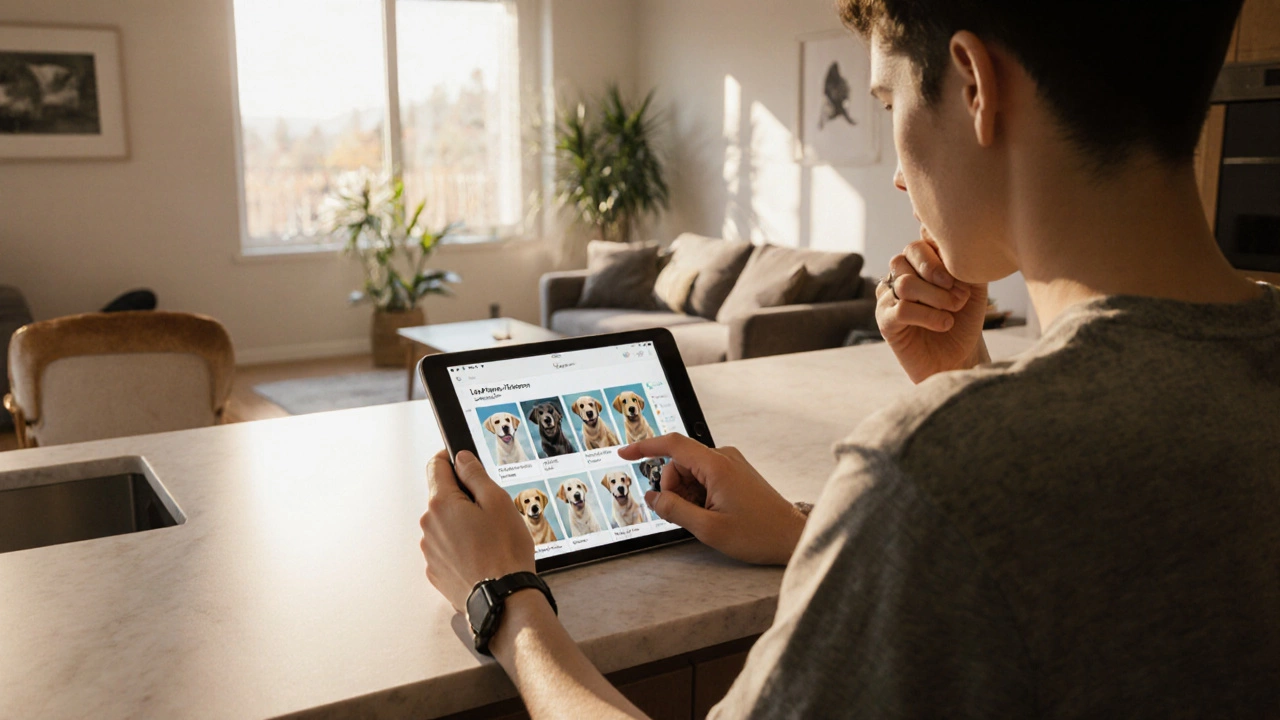Low Shedding Dogs: Guides, Breeds, and Care Tips
Ever wonder why your house looks like a fur‑filled snowstorm after a walk? When choosing a low shedding dog, a breed that drops minimal hair and keeps your home cleaner. Also known as allergy‑friendly breed, it helps people with sensitivities enjoy canine companionship, the right pick can change daily life. Closely linked to hypoallergenic dog, a dog whose dander and saliva trigger fewer allergies and hairless dog, a type that literally lacks a traditional coat, low shedding dogs sit at the sweet spot of comfort and care. Below we’ll break down what makes these breeds special, how coat types affect grooming, and which pups fit different lifestyles.
Why Low Shedding Dogs Matter
First, a low shedding dog low shedding dog reduces the constant vacuuming most owners dread. That means less fur on furniture, clothes, and even car seats. Second, the reduced dander levels help allergy sufferers breathe easier, turning a sneezy home into a pet‑friendly haven. Third, many of these breeds sport a double coat, an underlayer that traps loose hair and a top layer that repels dirt, so regular brushing does more than keep hair in check—it also promotes skin health. The triple relationship here is clear: low shedding breeds lessen cleaning chores, support allergy relief, and often need focused coat maintenance.
When you start researching, you’ll bump into terms like "coat types" and "grooming frequency." Coat types act as the blueprint for how much upkeep a dog needs. For instance, a single‑coat breed like the Basenji sheds very little because there’s no fluffy undercoat to lose. In contrast, a double‑coat breed such as the Poodle still sheds minimally, but it requires consistent brushing to prevent matting. Understanding these nuances lets you match a dog’s grooming demands with your schedule. It also influences the choice of tools—slicker brushes for curly coats, pin brushes for wiry fur, and occasional baths to keep skin oils balanced.
Choosing the right low shedding dog also means weighing lifestyle factors. Active families might gravitate toward the energetic Australian Terrier, which sheds little and loves outdoor play. Apartment dwellers often prefer the compact, quiet Maltese, whose tiny coat stays tidy with weekly grooming. Seniors looking for a calm companion may find the Shih Tzu’s gentle nature and low‑shedding coat a perfect fit. Each breed’s temperament, size, and activity level form a semantic triple with the central concept: low shedding dogs meet specific living conditions, making the selection process more personal.
Health considerations are another piece of the puzzle. While low shedding breeds generally have healthy coats, some, like the Chinese Crested (a hairless type), can be prone to skin issues if not moisturized regularly. Meanwhile, Poodles may develop dental problems if their diet isn’t balanced, despite their neat fur. Knowing these breed‑specific health quirks allows owners to set up preventive care—regular vet checks, proper nutrition, and targeted grooming routines. This proactive approach keeps the dog’s coat looking its best and minimizes unexpected shedding spikes.
If you’re still on the fence, try a short “trial run” with a local rescue or breeder. Spending a weekend with a potential pup reveals how much hair actually ends up on your socks and whether any sneezing starts. It also gives you a feel for the dog’s energy and friendliness. Remember, the term “low shedding” doesn’t mean zero hair; it simply signals a manageable amount that won’t dominate your cleaning routine.
Below you’ll find a collection of articles that dive deeper into breed profiles, grooming hacks, allergy‑friendly living, and travel tips for low shedding companions. Whether you’re hunting for the perfect family pet or just want to keep the couch fur‑free, these resources will help you make an informed, confident choice.

What Is the Number1 Dog to Get? Find the Best Breed for Your Lifestyle
Discover the top‑ranked dog breed for families, active lifestyles, and first‑time owners. Learn criteria, compare the best breeds, and get a checklist to choose the perfect pup.
View more